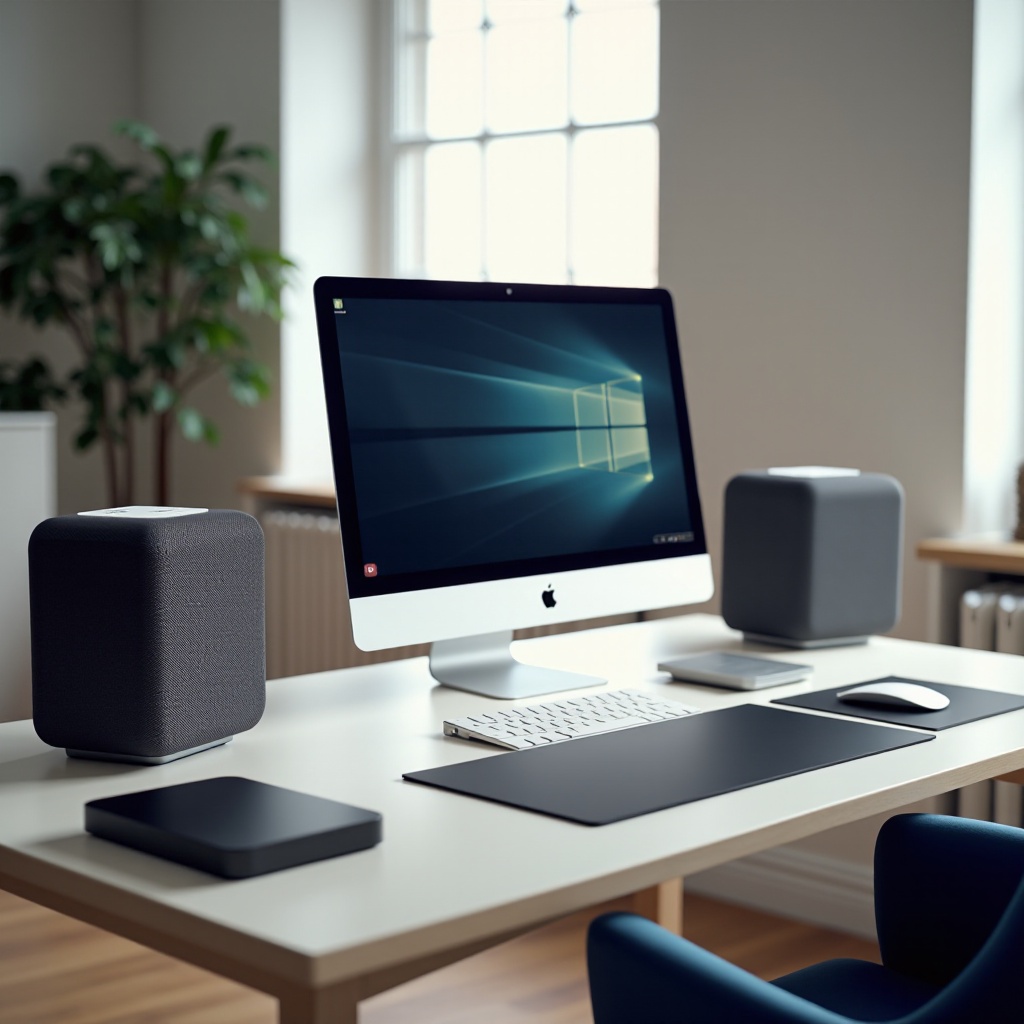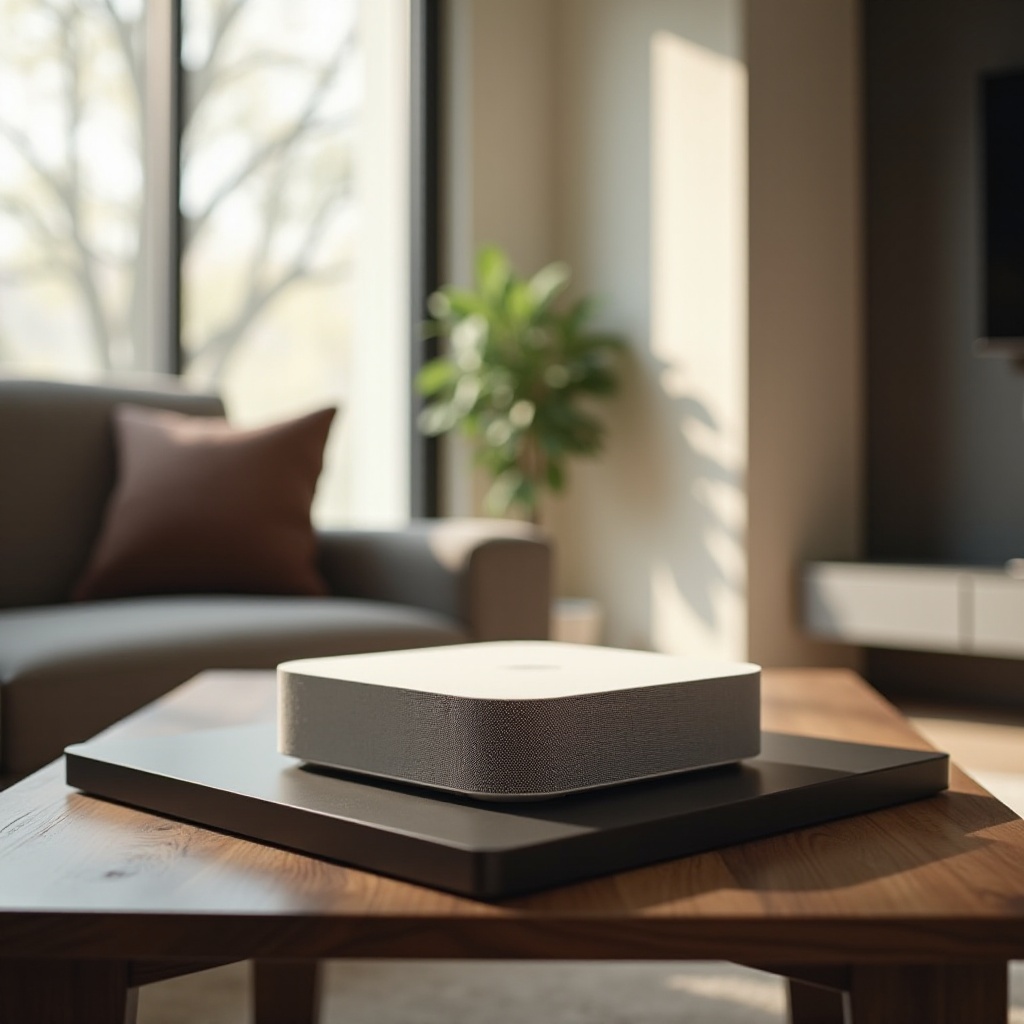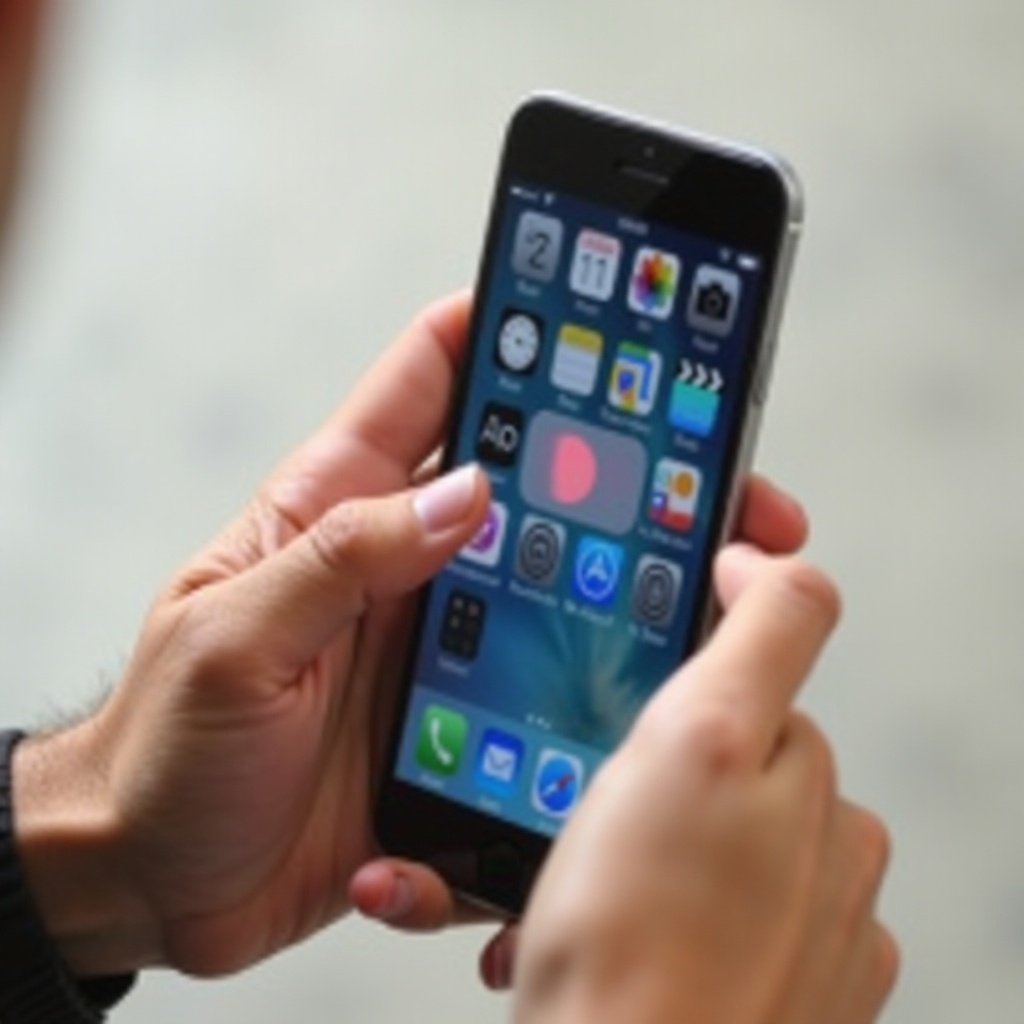How to Get My USB-C to Charge My Laptop
Introduction
USB-C has become the standard for charging and data transfer in modern laptops. However, it's frustrating when your USB-C port doesn't charge your laptop as expected. This guide will help you understand why this issue occurs and how to resolve it efficiently.
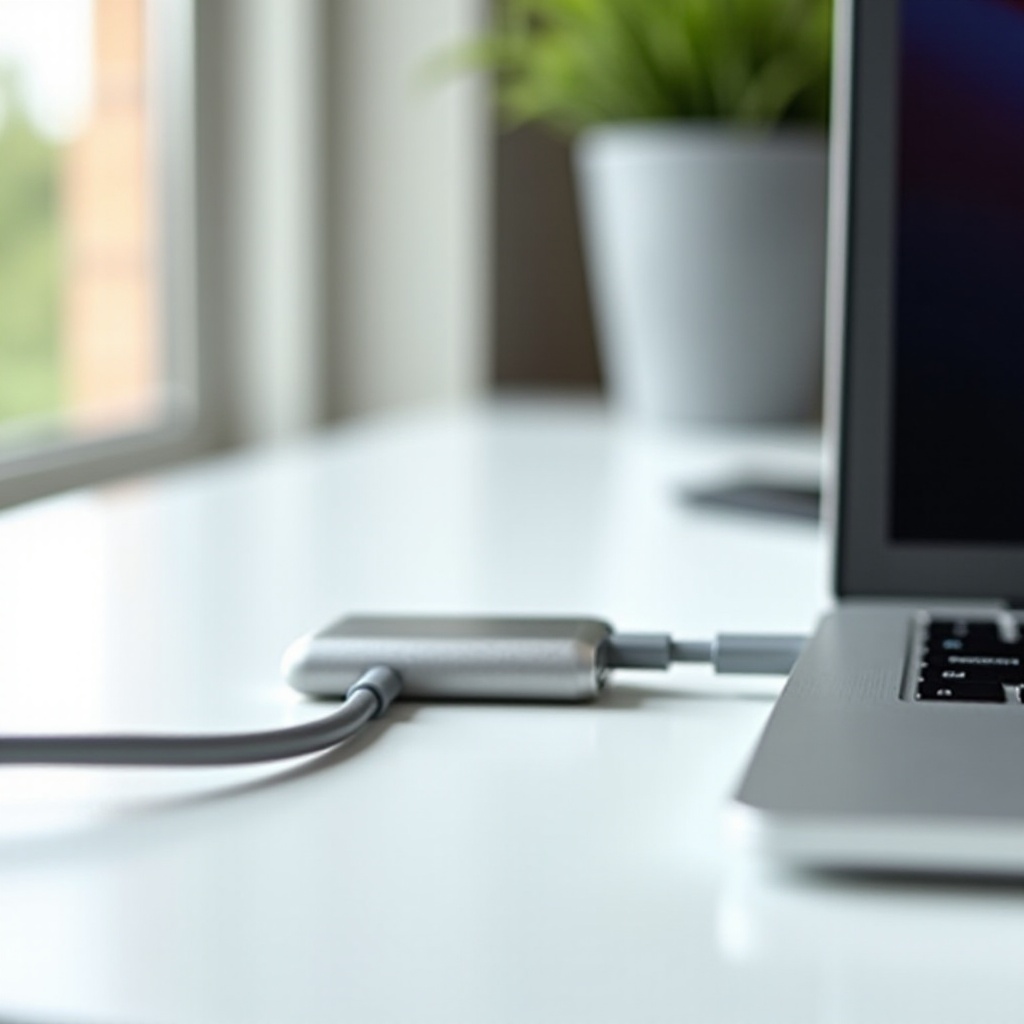
Understanding USB-C Charging
To troubleshoot USB-C charging issues, it's crucial first to understand what USB-C is and how it functions.
What is USB-C and How It Works
USB-C, or USB Type-C, is a universal connector standard that supports charging, data transfer, and even video output. With its reversible design, USB-C eliminates the anxiety of plugging it in the wrong way. It's known for its high power delivery, capable of charging devices quickly.
Benefits of Using USB-C for Charging Laptops
There are several advantages to using USB-C for charging laptops:- High power delivery: Fast charging capabilities help get your laptop ready to go quicker.- Versatility: The same port can be used for data transfer and video output, reducing the number of cables you need.- Reversibility: The USB-C connector can be inserted either way, making it easier to connect.
Understanding these basics helps prepare you for diagnosing and fixing any USB-C charging issues you might encounter.
Common Reasons Your USB-C Port Isn't Charging
There are multiple factors that could prevent your USB-C port from charging your laptop.
Faulty Cables and Adapters
The most common issue lies with the cables and adapters.- Worn-out cables: Over time, cables can wear out and become less effective at transferring power.- Damaged adapters: An adapter could be broken or not providing the right amount of power.
Issues with the Power Source
Sometimes the problem isn't with your laptop or its charger but the power source itself.- Inadequate power supply: Ensure that the power outlet is working correctly.- Faulty power strip: If you are using a power strip, it might be faulty and not providing enough power.
Incompatibility with Hardware
The charger might not be compatible with your laptop.- Non-certified accessories: Using third-party accessories not certified by your laptop's manufacturer can cause charging issues.- Power delivery specifications: Not all laptops support the same power delivery standards.
By identifying these common reasons, you can start narrowing down what might be preventing your laptop from charging.
Diagnosing Your USB-C Charging Problem
Once you have an idea of what might be causing the issue, it's time to diagnose it.
Checking the Connection
Start by ensuring that all connections are secure.1. Inspect both ends: Make sure the cable is firmly connected to both the laptop and the charger.2. Look for dust or debris: Any foreign objects in the ports can prevent a proper connection.
Inspecting the Cable and Adapter
Next, check the cable and adapter for any visible signs of damage.- Examine the cable: Look for any kinks, frays, or signs of wear.- Test with a different cable: If available, try using another USB-C cable to see if the problem persists.- Inspect the adapter: Make sure the adapter isn't damaged and is the correct wattage for your laptop.
Verifying the Power Source
Ensure that your power source is functioning correctly.1. Test another device: Plug a different device into the same power outlet to verify it's working.2. Try a different outlet: Sometimes outlets can fail, so testing another one can help.
Testing Different Ports
If your laptop has multiple USB-C ports, try all of them.- Rotate ports: Plug the charger into different USB-C ports on your laptop to see if one works better than the others.
This step-by-step diagnostic process helps you pinpoint exactly where the problem lies, making it easier to fix.
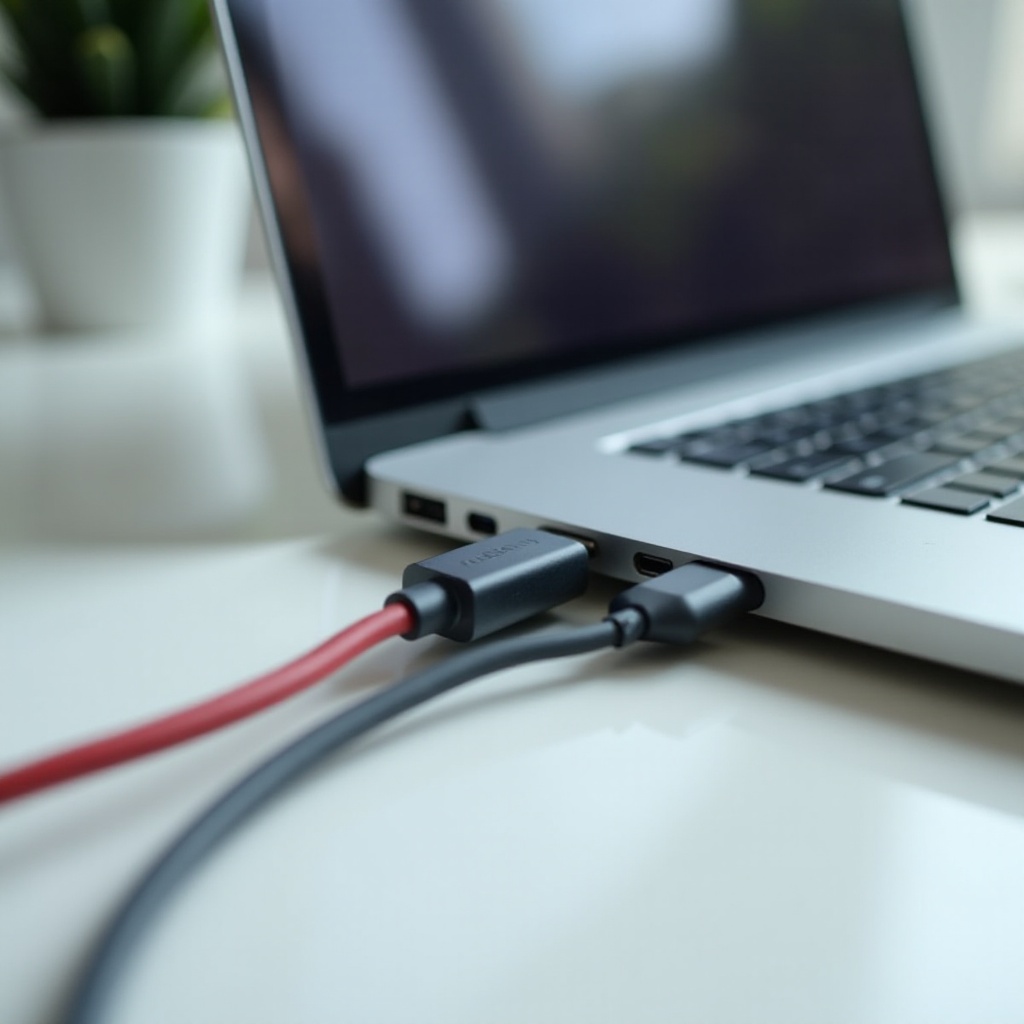
How to Fix USB-C Charging Issues
Once you've diagnosed the problem, the next step is to fix it.
Replacing Faulty Cables and Adapters
If you suspect the cable or adapter is the issue, replace them.- Buy certified replacements: Use only manufacturer-approved cables and adapters.- Avoid cheap third-party options: They might save you money initially but can cause long-term damage.
Resetting the Laptop's Power Settings
Sometimes, resetting your laptop's power settings can fix the issue.1. Shut down the laptop: Completely power off your device.2. Unplug the charger: Disconnect the USB-C charger from both the laptop and power source.3. Hold the power button: Press and hold the power button for about 15 seconds.4. Restart and test: Plug everything back in and turn on your laptop to see if it charges.
Updating Drivers and BIOS
Keeping your laptop's software up-to-date can resolve compatibility issues.- Check for updates: Go to the settings menu and look for system updates.- Update BIOS: Sometimes, BIOS updates include fixes for hardware compatibility issues.
Ensuring Compatibility with Power Delivery Specifications
Make sure your charger meets the power delivery specifications for your laptop.- Check the manual: Your laptop’s manual should provide information on the required charger specifications.- Use the original charger: If possible, always use the charger that came with your laptop.
With these solutions, you can iron out most common USB-C charging issues quickly and effectively.
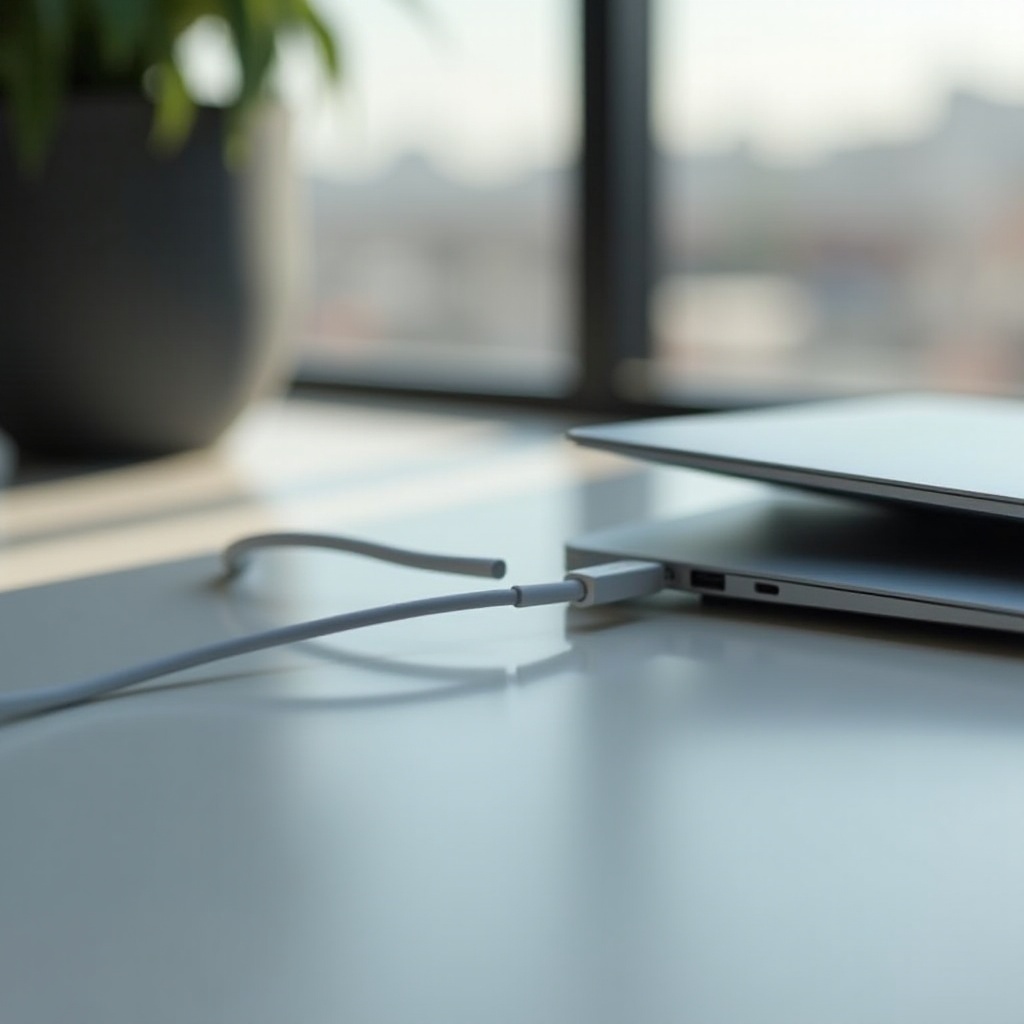
Preventive Measures
Taking preventive steps ensures your USB-C port continues to charge your laptop without issues.
Proper Care of Cables and Adapters
- Regular inspection: Check for wear and tear frequently.
- Coil properly: Avoid wrapping cables too tightly.
Regularly Updating System Software
Keep your system software up-to-date to avoid compatibility issues.- Enable auto-updates: This ensures you always have the latest software versions.
Using Certified Accessories
Always use manufacturer-recommended accessories.- Avoid cheap alternatives: They might not meet the necessary safety standards.
Implementing these preventive measures will help extend the life of your USB-C charging setup and reduce future issues.
Conclusion
Understanding USB-C charging and knowing how to troubleshoot common issues can save you time and stress. From inspecting cables to updating software and using certified accessories, taking the right steps ensures your laptop charges efficiently. If you still face issues despite following these guidelines, seek professional help for a more thorough diagnostic.
Frequently Asked Questions
Can any USB-C cable charge my laptop?
Not all USB-C cables are designed to handle the power requirements for charging a laptop. Use only the cable that came with your laptop or a certified replacement.
Why is my USB-C charging slowly?
Slow charging can be due to using a low-wattage charger, a faulty cable, or multiple peripherals drawing power at the same time. Ensure you’re using the correct charger and minimize additional power draws.
What should I do if none of the troubleshooting steps work?
If none of the steps work, it’s time to consult a professional technician. There might be an internal hardware issue that requires expert attention.

